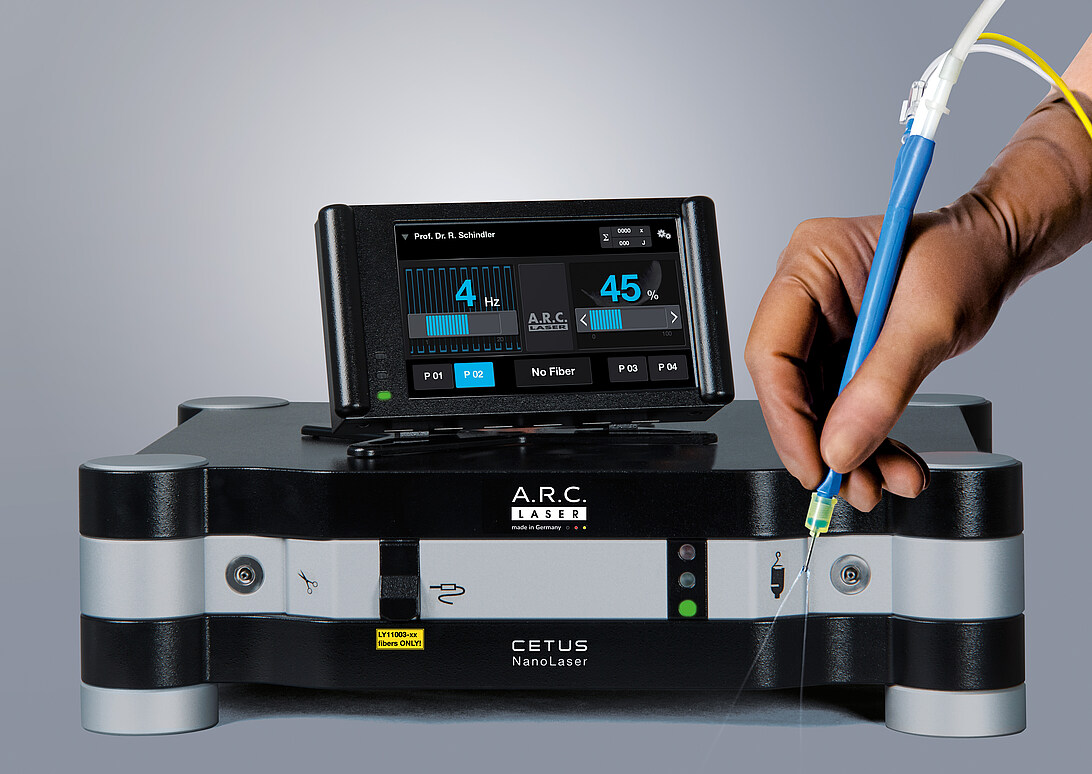Cataract
is not curable by taking medicines – surgery is therefore essential!
During the operation, the clouded lens is removed microsurgically and replaced by a new artificial lens (medically: intraocular lens or IOL for short). This allows the patient to return his quality of life. In most cases, outpatient treatment with local anesthesia of the eye is possible without problems. This means that patients can recover after the procedure in the usual home environment and go to the eye doctor the next day. The operative procedure itself takes about 10 to 20 minutes.
Traditional ultrasound therapy
For over 30 years, the treatment of the Grey Star has been carried out using ultrasound.
Access to the interior of the eye takes place via a cut of a few millimeters, through which the clouded lens is comminuted and sucked off by means of ultrasound. Afterwards, an artificial lens, which is specially adapted to the patient, can be implanted.
The final result, i.e. optimal visual acuity, is regularly established within three months of treatment.
Modern laser therapy
The relatively young NanoLaser therapy, on the other hand, allows the patient to use a gentle alternative to conventional surgery due to the targeted introduction of low energy. The load on the eye is reduced to a minimum and surrounding tissue structures remain protected. Recovery is responsibly fast and efficient.
Safety is of course top priority for every operation. Laser cataract surgery is particularly notable here: To achieve the highest possible hygiene standard, only handpieces for single use are used. Infections are a past and complications during the healing process are almost excluded. Particularly patients who have already suffered from an eye disease (e.g. Cornea guttata, fox dystrophy), can be optimally helped with this innovative technique without further impairing damaged structures on the eye.
Choose the premium segment of cataract surgery – NanoLaser.
Premium Cataract Surgery
You have a phakoma machine and want to offer your patients laser cataract surgery?
Would you like to add laser treatment to your premium lens program?
The NanoLaser can be an alternative to pure femto laser treatment with lower energy input and shorter surgery for cataract surgery.
The NanoLaser is not a femto
- 100% photofragmentation
- 100% without ultrasound
- 100% One-time handpieces – ready to use
- 100% compatible with your Phako system
Expand your existing phakoma machine by one component for laser cataract surgery.
